Clearlight® CEOs Johannes and Sebastian join entrepreneur and academic Mark Bouris for an in-depth podcast exploring the science and practical use of infrared saunas and red light therapy in enhancing longevity.
Tune in as they dive into the hows and whys of these wellness technologies, and offer actionable insights for energy, recovery, and longevity.
Key Takeaways
1. Infrared Saunas vs. Traditional Saunas
A major theme was understanding the difference between infrared and traditional saunas. While both heat the body, infrared saunas use lower ambient temperatures while penetrating deeply into tissues, helping to stimulate detoxification and improve circulation. Traditional saunas rely on hotter air to create the same stress response.
Consistency and comfort are key: the best sauna is the one you’ll use regularly.
2. Red Light Therapy Explained
Red light therapy often gets confused with infrared saunas, but Johannes and Sebastian clarified that they are distinct modalities. Red light therapy uses precise wavelengths (typically 660 nm visible red light and 860 nm near-infrared) to stimulate photobiomodulation.
This process activates the mitochondria in cells, boosting ATP production - in other words, your body’s energy factory. Benefits can range from improved skin health to enhanced recovery and even supporting testosterone production in men.
3. Maximising Benefits with Proper Protocols
The podcast covered practical advice for using these therapies effectively. For infrared saunas, start at lower temperatures and shorter sessions, then gradually increase as your body adapts. Hydration is essential; sweating without adequate water limits benefits.
Red light therapy, meanwhile, works best naked and at a close distance to the panels, ensuring optimal absorption without overdoing exposure.
4. Stacking Wellness Modalities
Clearlight®’s vision extends beyond single therapies. The conversation touched on stacking modalities: combining infrared heat, red light therapy, and halotherapy (salt therapy) to maximise the health benefits in a single session.
This approach allows busy individuals to integrate multiple wellness practices into their day efficiently.
5. Timing, Consistency, and Lifestyle Integration
Finally, timing matters. Infrared and red light therapies can be tailored to personal goals; morning sessions may boost energy and reduce cortisol, while evening sessions can support relaxation and sleep. Regardless of timing, the overarching message was clear: regular, mindful use is more important than extreme protocols.
Interested in learning more about the benefits of infrared and red light therapy? Discover more articles from our wellness journal.
Infrared Sauna vs. Red Light Therapy: Uncovering the Key Differences
Why Combining Red Light and Infrared Therapy May Be the Ultimate Wellness Hack



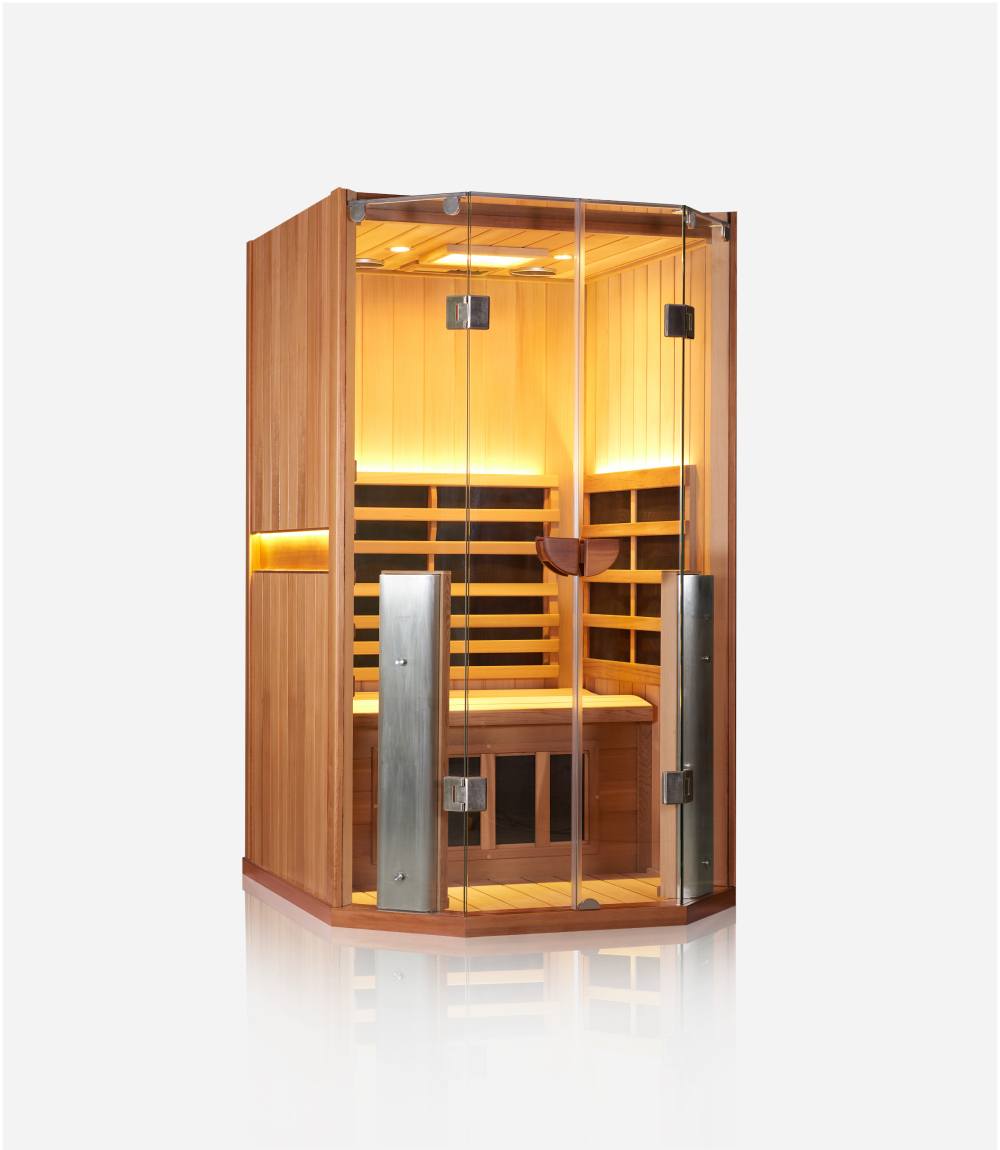

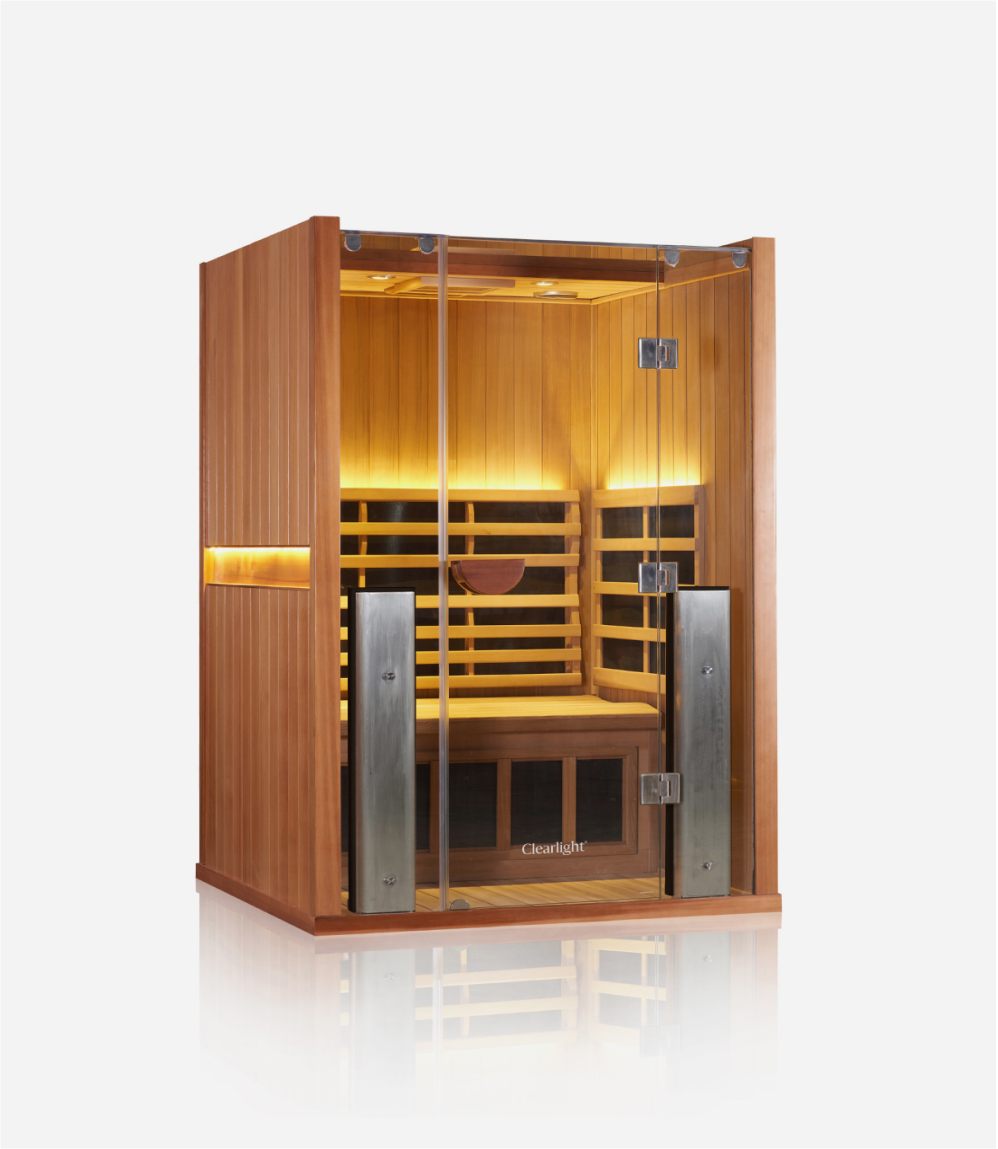
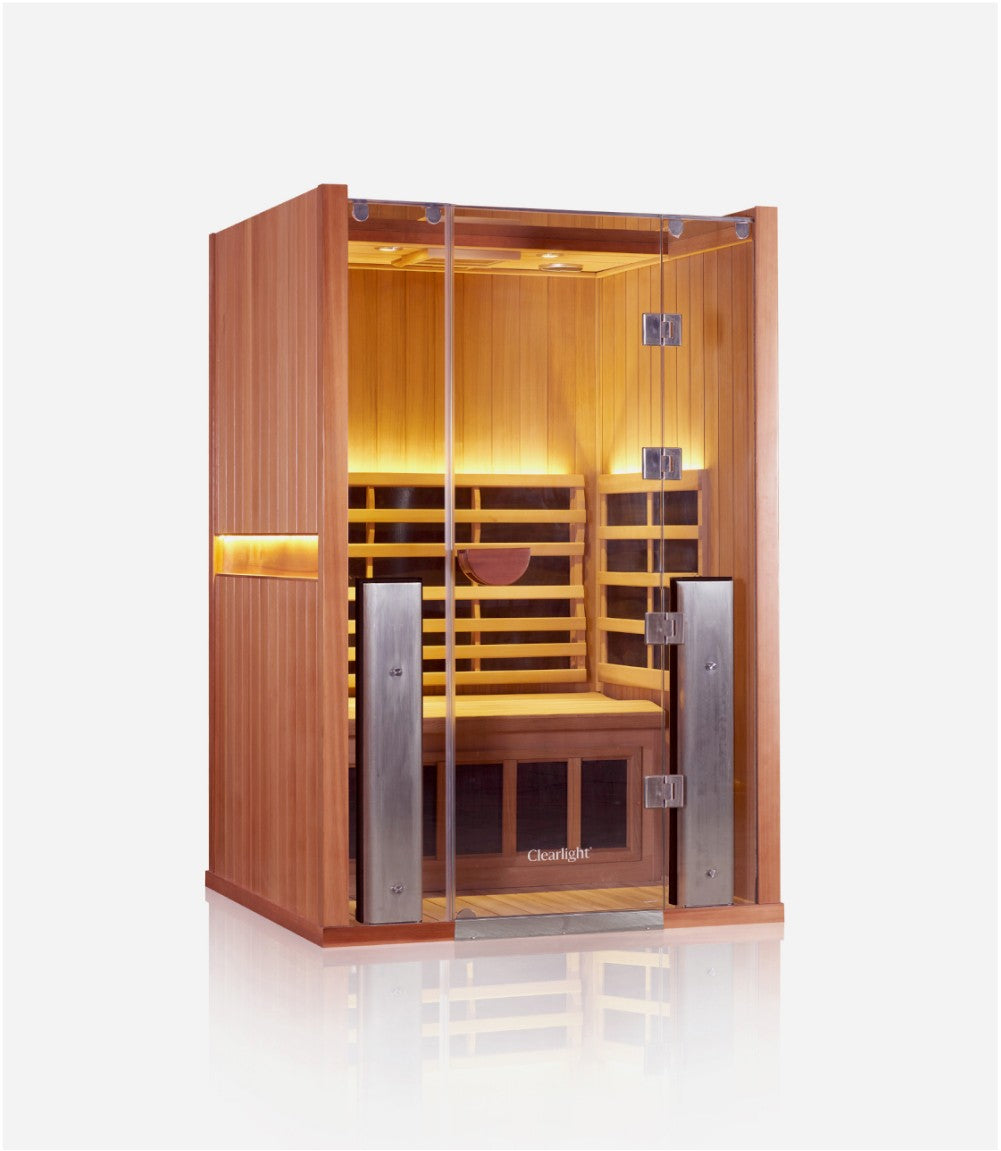
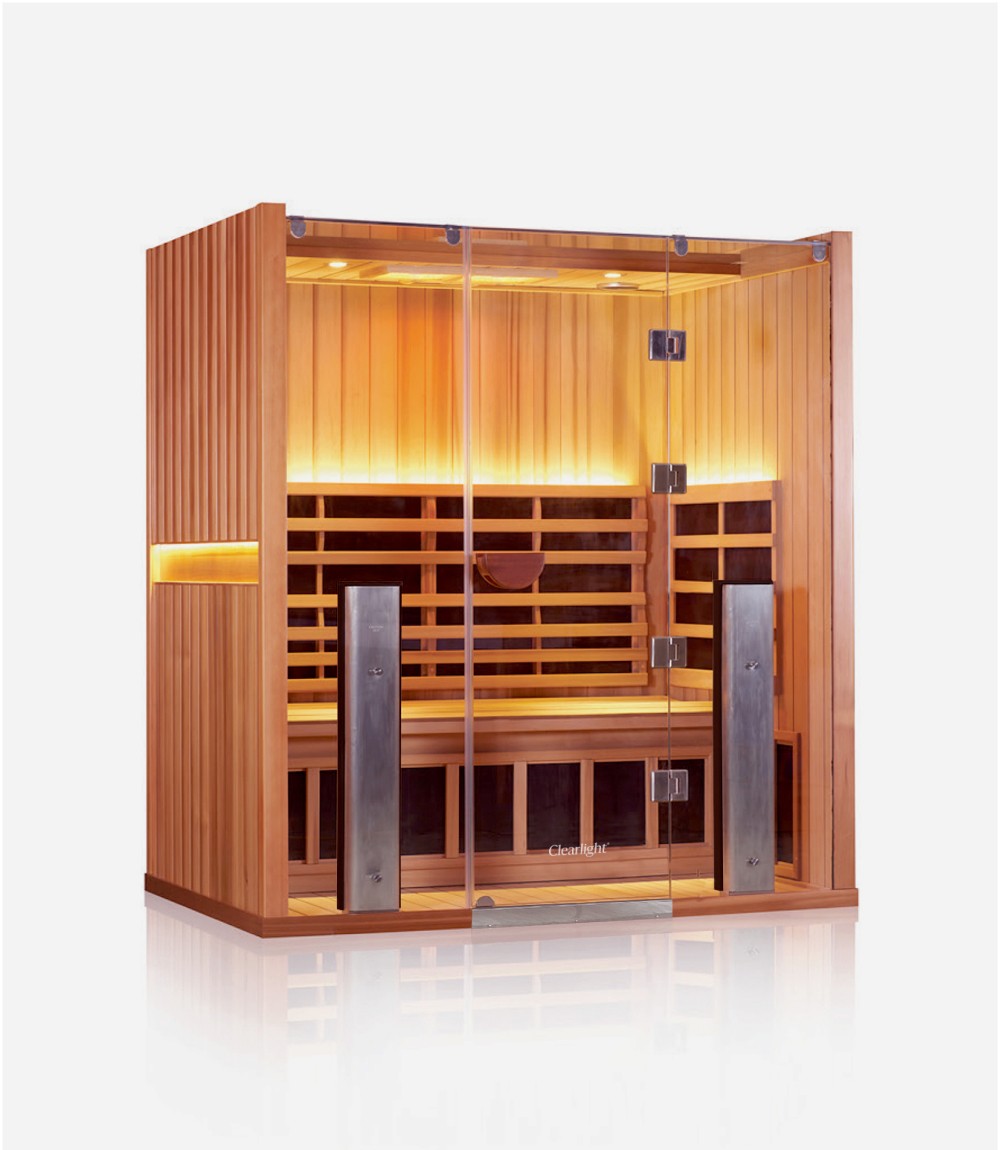

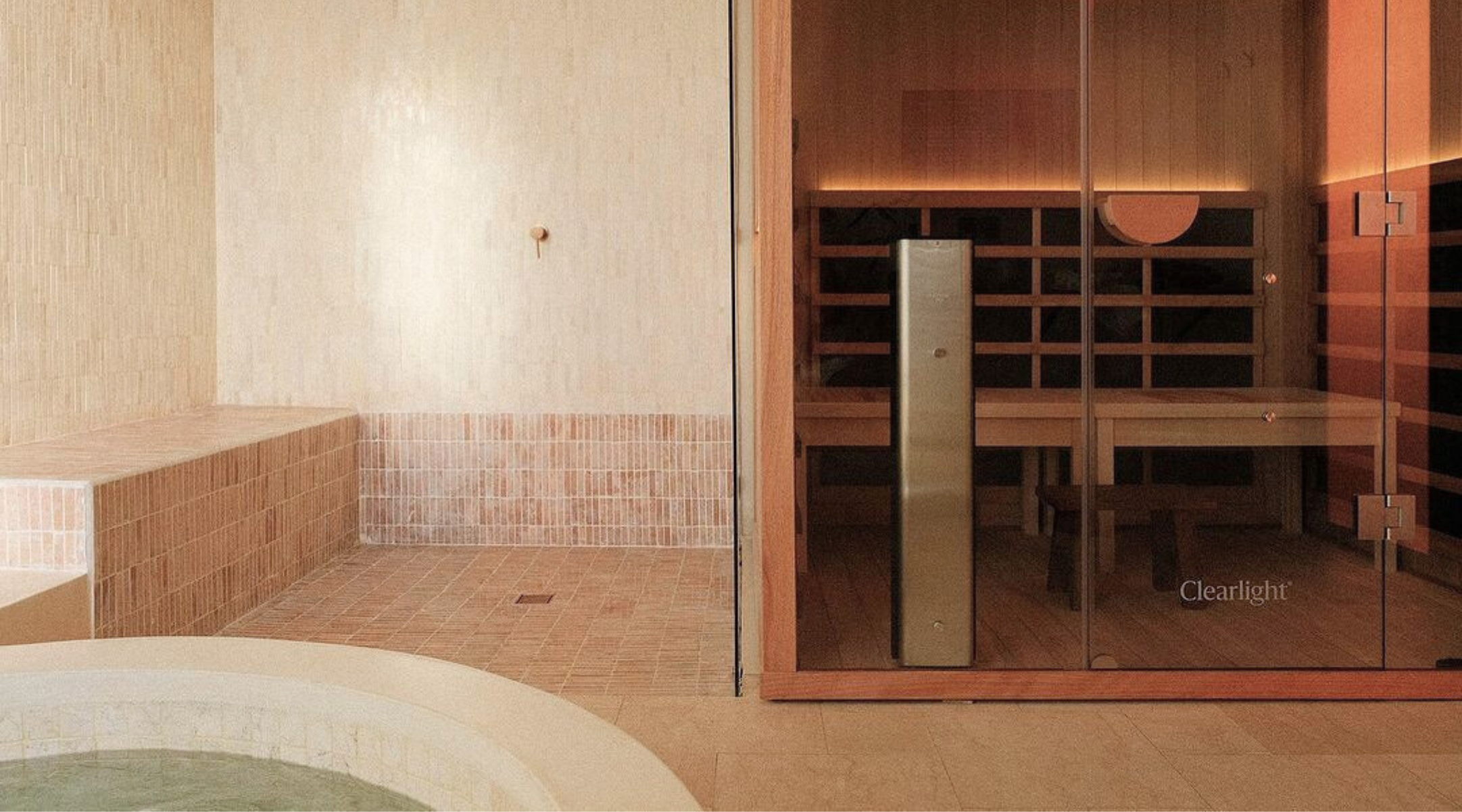
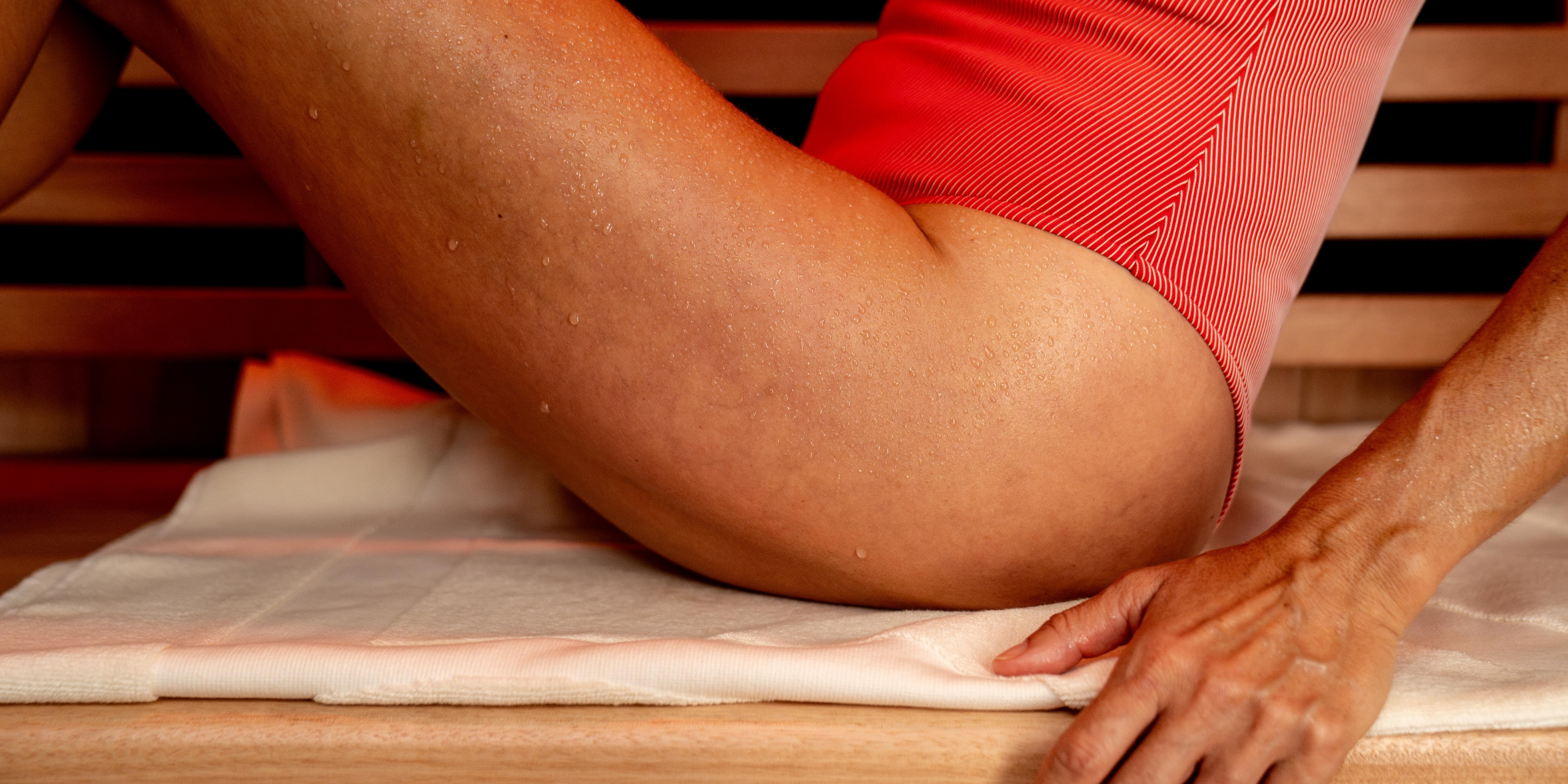
What is Contrast Therapy and What are the Benefits?